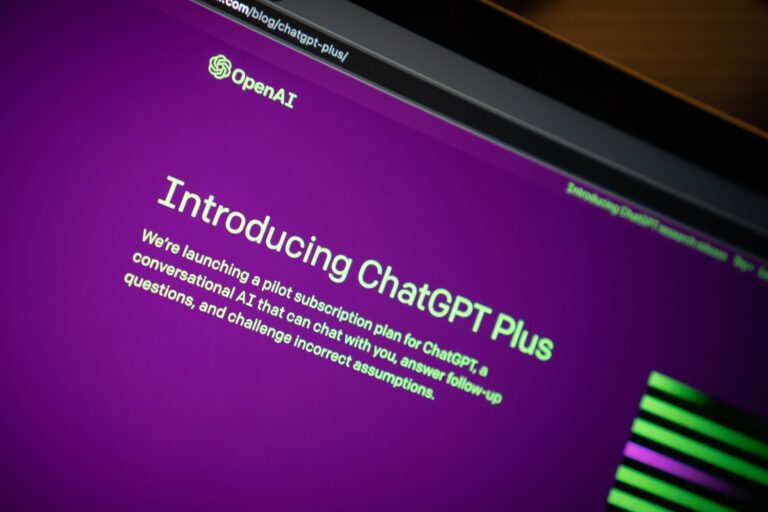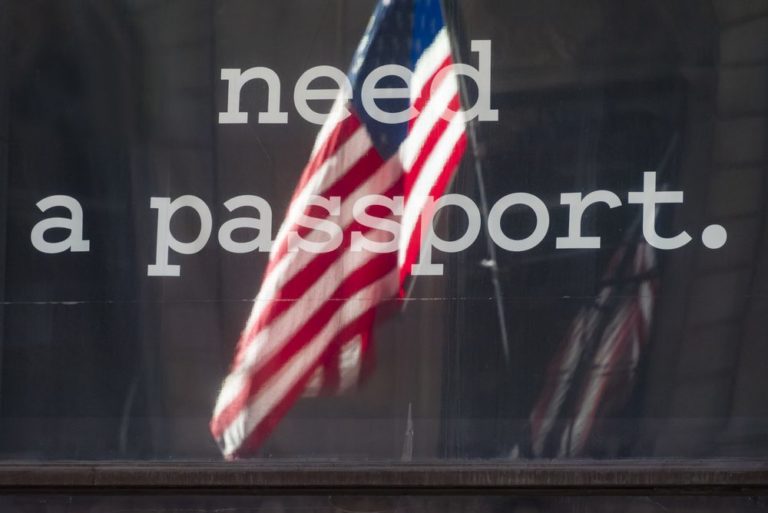- New VA hospital guidelines could let doctors refuse treatment to unmarried veterans and Democrats.
- These rules also apply to psychologists, dentists, and other staff at VA hospitals.
- They are already in effect at some VA medical centers.
Medical staff are still required to treat veterans based on their race, color, or other protected characteristics. However, the new rules could allow doctors to deny care to certain veterans based on unrelated factors like marital status or political beliefs.
What Do These Rules Mean for Veterans?
The Department of Veterans Affairs provides healthcare to millions of veterans across the U.S. Now, under new guidelines tied to an executive order by Donald Trump, some veterans might face challenges getting the care they need.
The rules could let doctors and other medical professionals refuse treatment to unmarried veterans or those who identify as Democrats. This has raised concerns among veterans’ groups, who worry it could lead to unfair treatment.
Why Are These Rules Being Implemented?
The exact reason for these new guidelines is not entirely clear. However, they appear to be linked to an executive order signed during Trump’s presidency. The order seems to give healthcare providers more discretion over who they treat.
Critics argue that this could create a system where veterans are judged based on personal characteristics rather than their medical needs. For example, a married veteran might receive treatment, while an unmarried veteran in the same situation might be turned away.
What’s Allowed Under the New Rules?
- Doctors, psychologists, and dentists at VA hospitals now have more freedom to choose which patients they treat.
- They can refuse care based on factors like marital status or political beliefs.
- However, they are still required to treat veterans regardless of race, color, or other protected characteristics.
This creates a confusing situation. While race and color are protected, other factors like marriage status or political affiliation are not.
How Are Veterans and Medical Staff Reacting?
The new rules have sparked strong reactions. Many veterans and their families are worried about losing access to healthcare. Others are concerned that this could lead to discrimination within the VA system.
Some medical staff have also spoken out against the rules. They argue that their job is to help all patients, regardless of personal differences.
What Does This Mean for Healthcare Access?
If these rules become widespread, some veterans might struggle to find care. For example:
- A single veteran might be turned away by one doctor but accepted by another.
- A Democrat might face similar challenges, even though they qualify for VA care.
This could create a system where access to healthcare depends on who a veteran is, rather than their medical needs.
What Can Veterans Do Next?
Veterans who are concerned about these rules should stay informed. Here are a few steps they can take:
- Learn More: Contact the VA to understand how these rules might affect their care.
- Speak Out: Share concerns with local representatives or veterans’ groups.
- Seek Help: If they are denied care, they should reach out to a patient advocate or legal expert.
What Can the Public Do to Help?
The public can also play a role in addressing this issue. Here’s how:
- Spread Awareness: Share information about the new rules to help veterans stay informed.
- Support Veterans: Encourage lawmakers to address these concerns and ensure equal access to care.
- Advocate for Change: Join advocacy groups that work to protect veterans’ rights.
What’s Next?
The future of these rules is uncertain. As more veterans and medical professionals speak out, there may be pressure to revisit or revise the guidelines. For now, veterans should remain vigilant and take steps to protect their access to care.
Conclusion
These new VA hospital guidelines have the potential to impact millions of veterans. While they are meant to give healthcare providers more flexibility, they could lead to unfair treatment for some. Veterans and their families should stay informed, speak out, and advocate for their rights. After all, everyone deserves equal access to the care they need.










